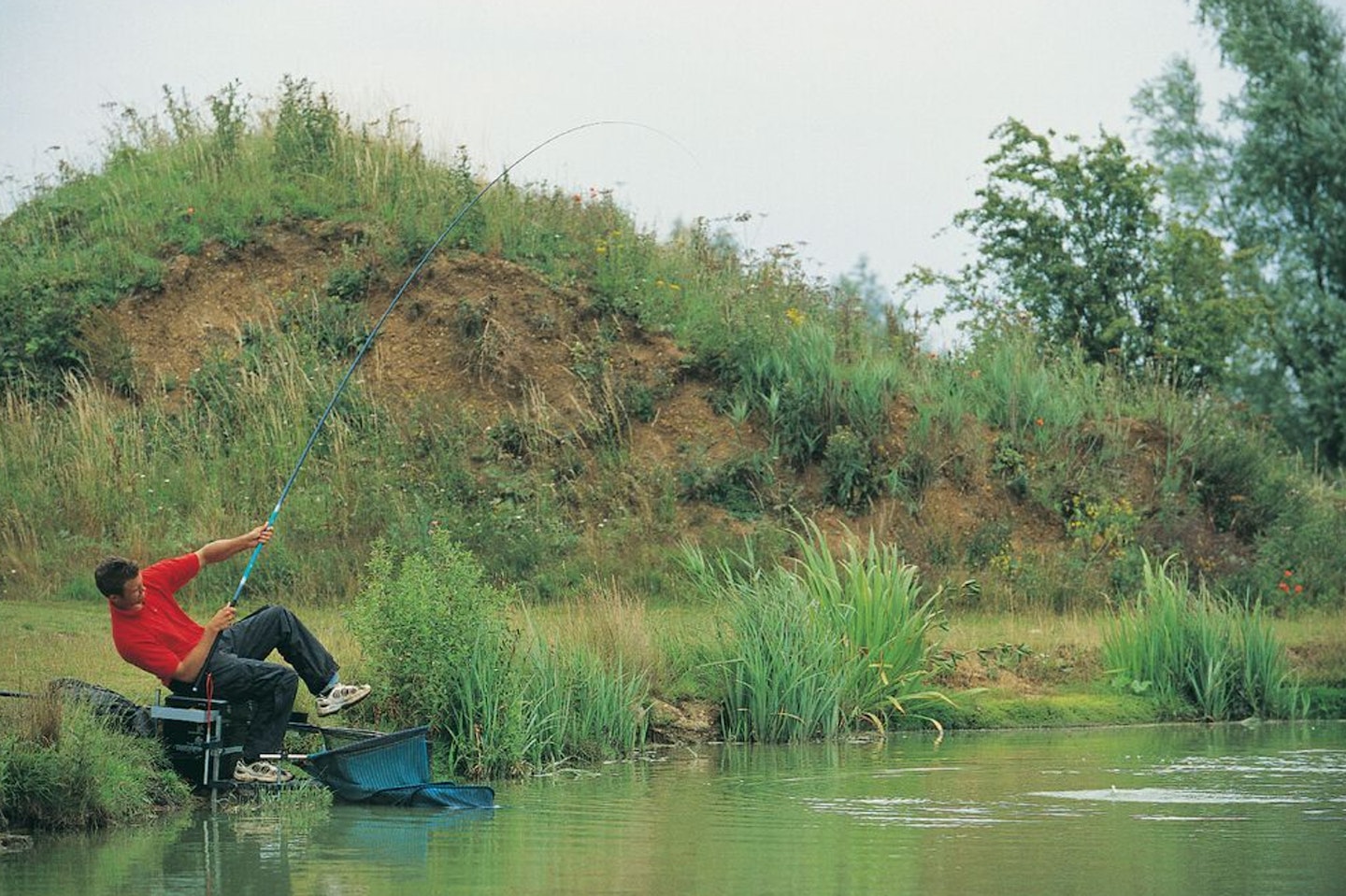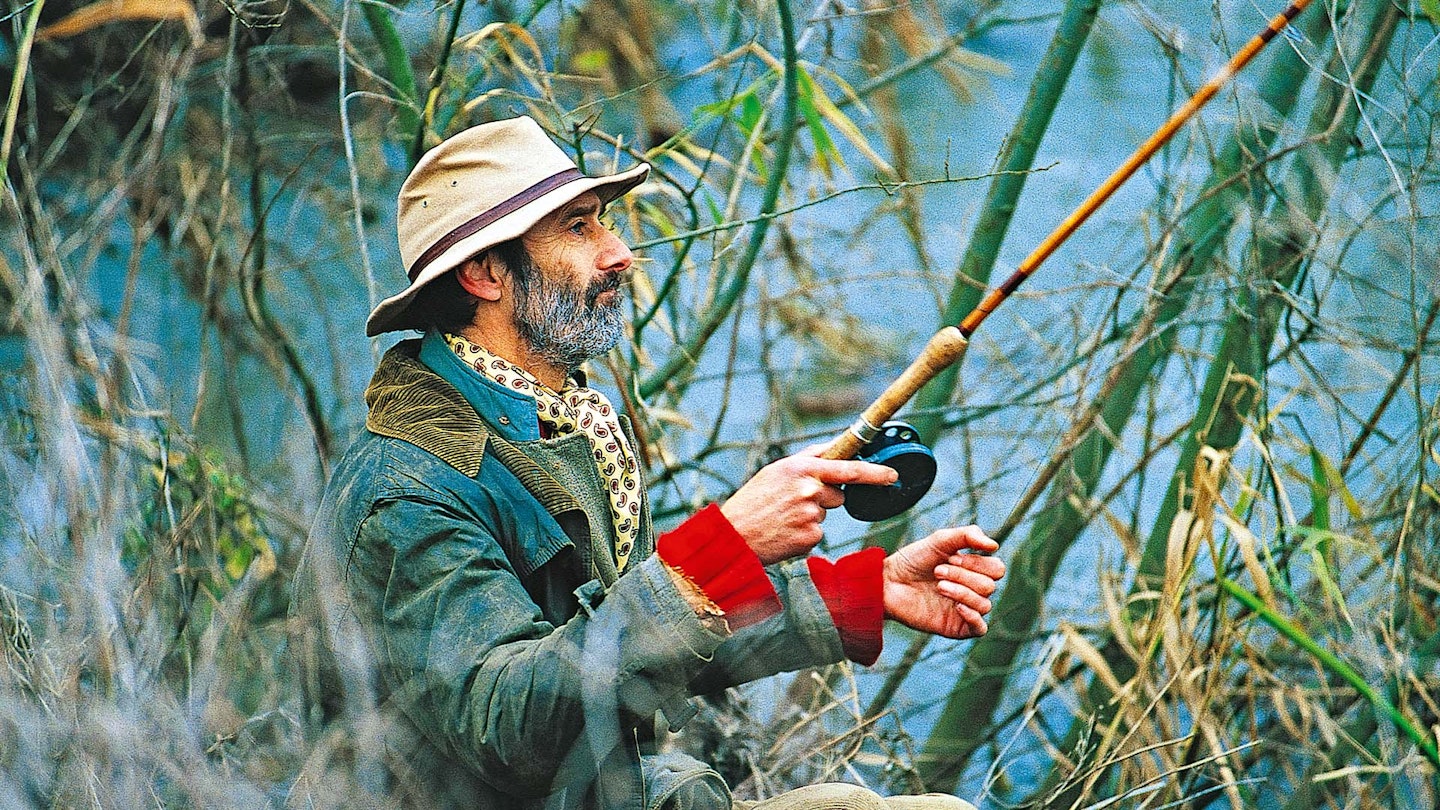For those of a certain generation, fishing has changed a lot through the decades. But how do you split today’s millennials from those who lived through the 60s, 70s and 80s? Here are just some of the tell-tale signs that betray a vintage angler!
Absolutely minging tackle shops
Dewey-eyed types still fondly remember tackle shops that stank of fags and ammonia, where health and safety didn’t exist. Emporia where the owner always had bait-stained fingers, coffee on the go and a ready smile, provided you could spot him through the permanent haze of cigarette smoke. These days, Brian and Pete have to nip “out back” for a fag, while the shop is as likely to smell of tutti-frutti boilies as maggots.
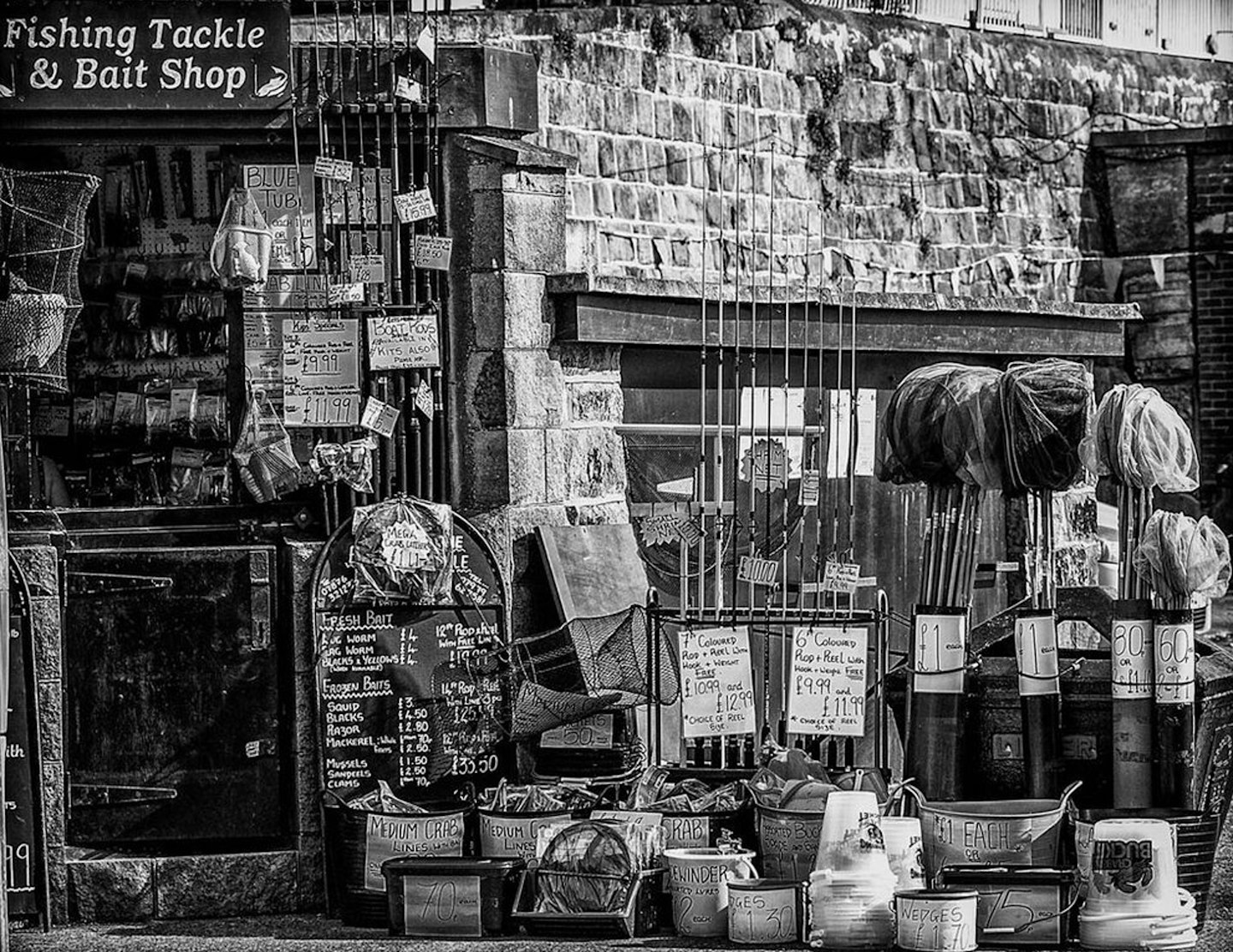
Swingtips, onions and target boards
Every angling generation has its much-loved gadgets, most of which fall by the wayside as tackle evolves. It’s a rare sight, for example, to see a swingtip these days, as popularised by Freddie Foster in the early 1970s.
The quivertip then took over, although without braid or top-notch carbon, target boards were used to spot tiny bites.
Other past gems include floats made of real quill rather than plastic, and so about as straight as the House of Commons. Oldies often still prefer these, along with models such as the classic fat-bodied “onion”, designed to offer improved stability.
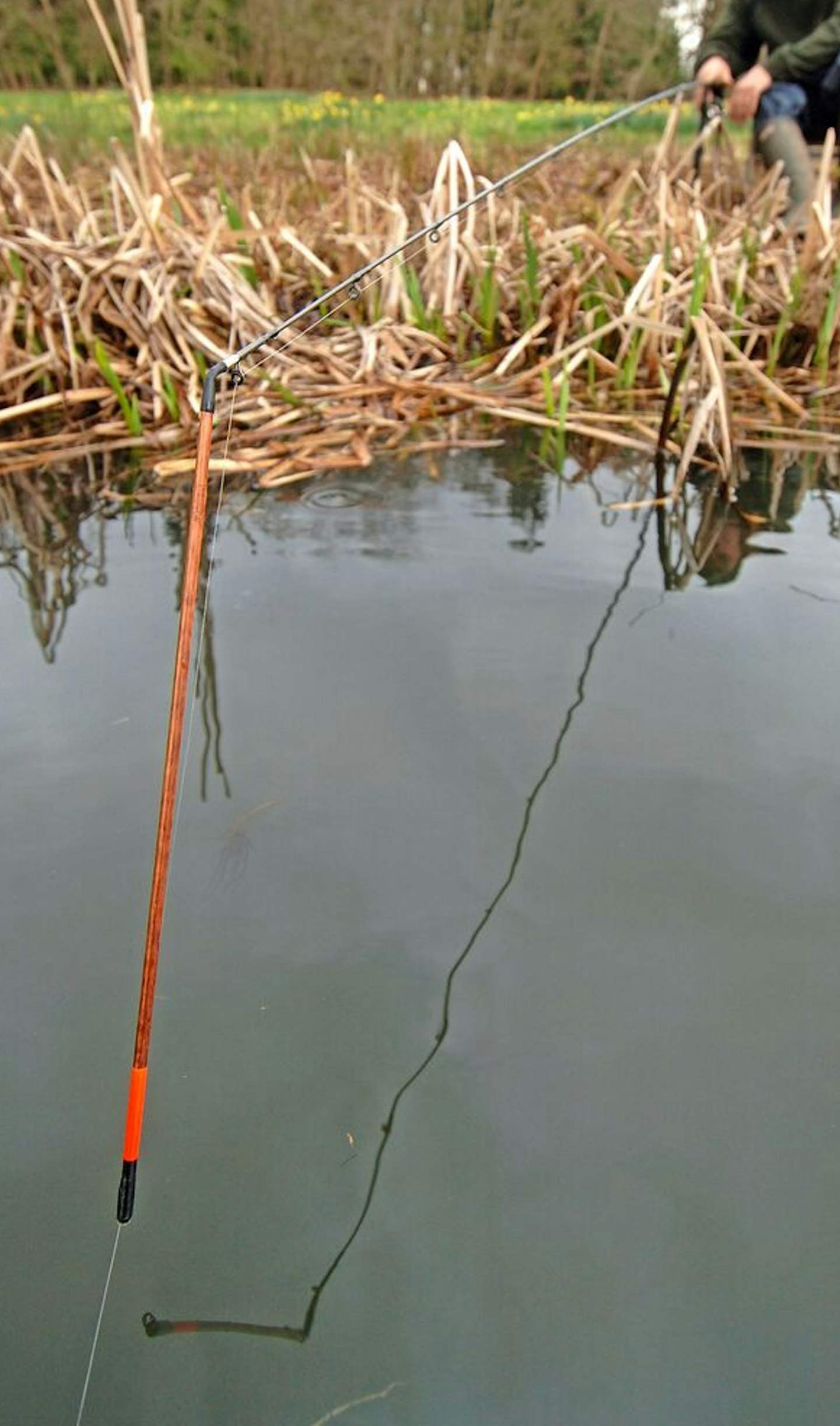
Cane, fibreglass and rods made in Great Britain
For better or worse, Far Eastern production has dominated tackle since the 1990s. While this meant a welcome drop in the prices of rods, reels and sundries, it does also make oldies pine for an age when British craftsmanship held centre stage.
The advent of lightweight carbon blanks steadily saw off glass fibre in the 1980s, just as cane had once become superseded.
One tell-tale indicator of any angler over 45 is ownership of a rod that bears the inscription: “Made in Great Britain”!
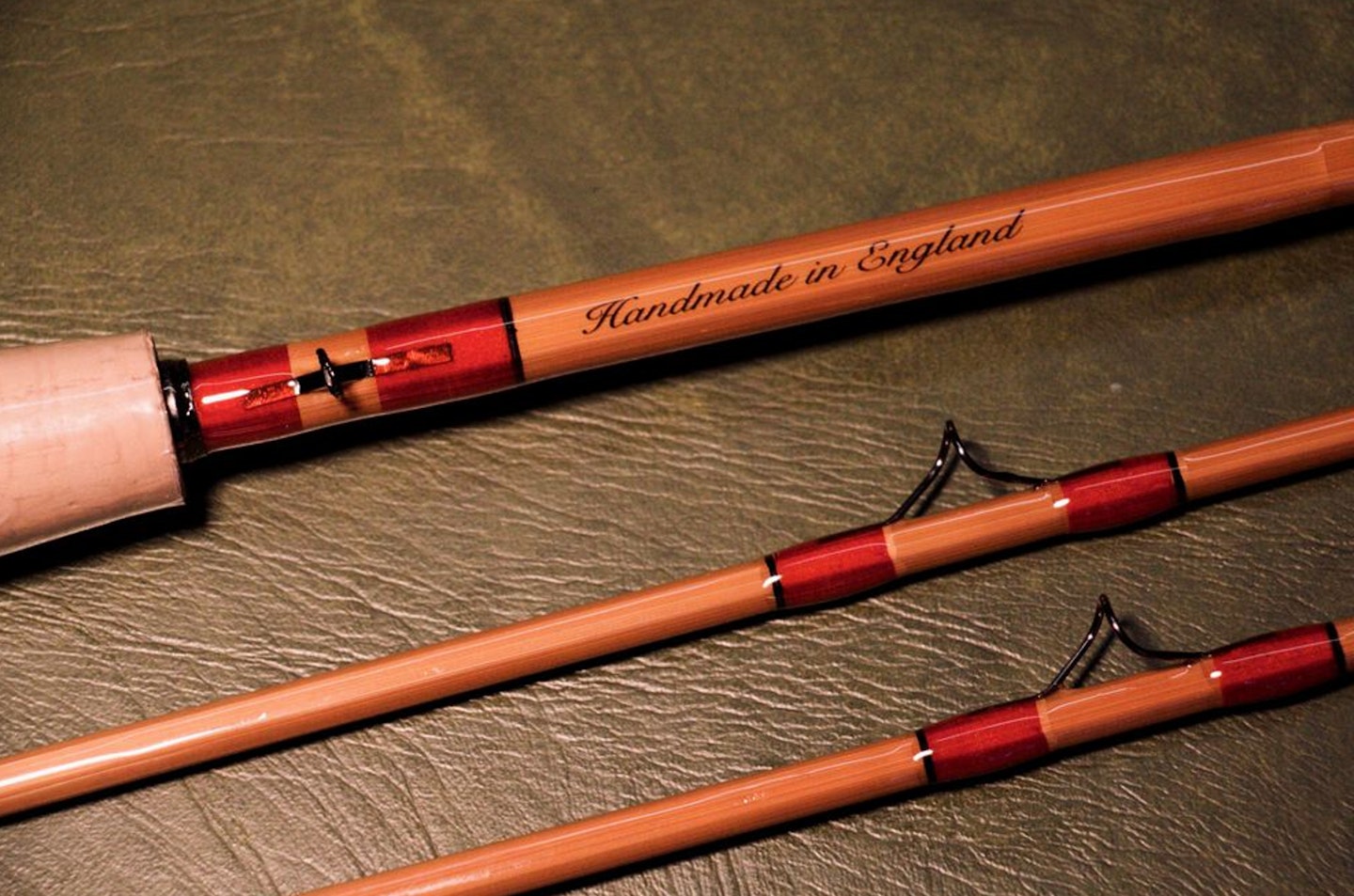
Terrible hooks and springy nylon
If our floats and bite indication seemed crude years ago, hooks were even worse! Barbless versions didn’t exist, and it was normal to have vast barbs and duff points that would turn over if you even looked at them funny.
This led to more reliable models becoming cult items. Au Lion D’or (or “Golden Lion”) brand for carpers, or Pegley Davies hooks to nylon, for matchmen were popular offerings.
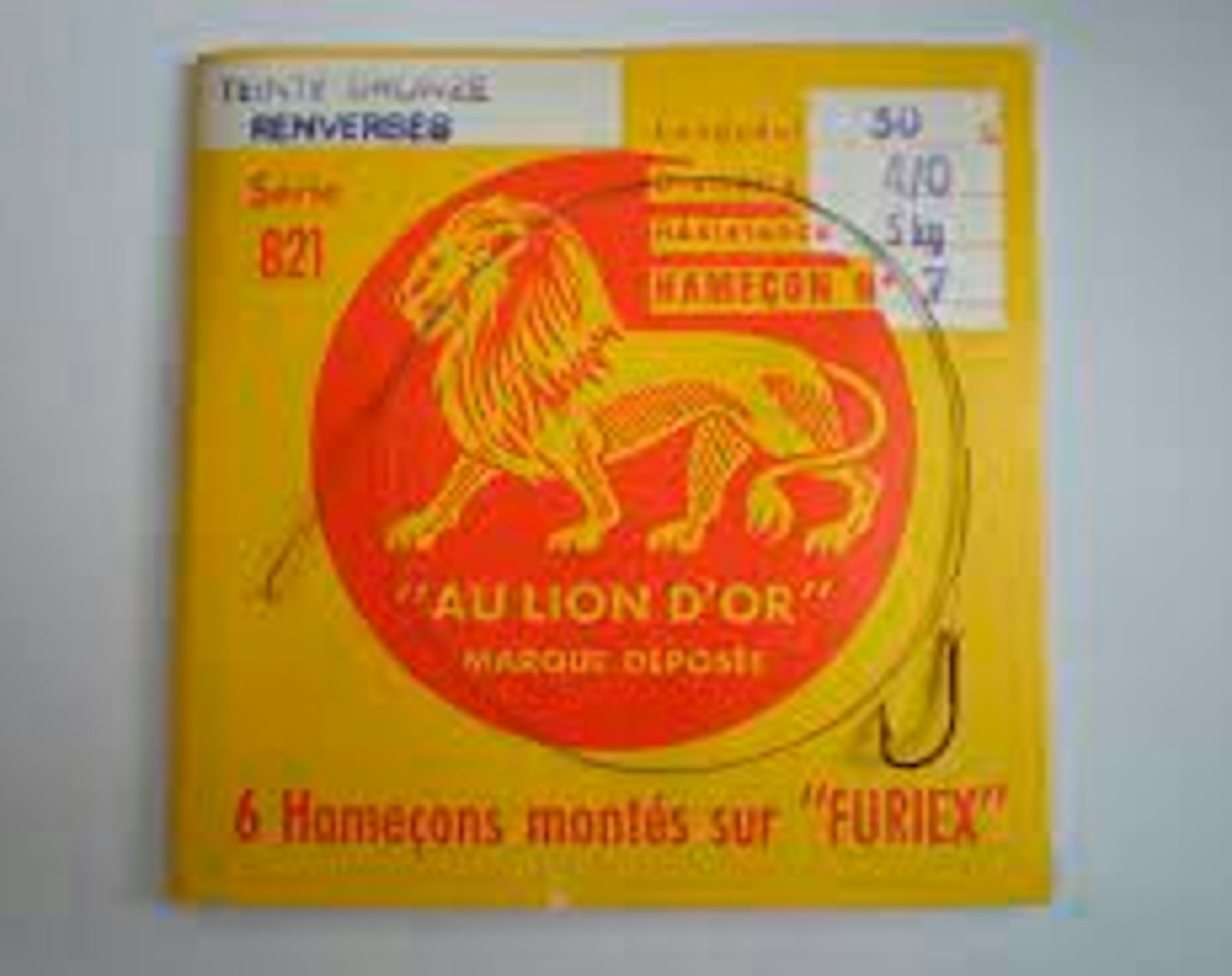
Pop bottle swimfeeders
Compared to today’s tackle gizmos, previous models were basic, to put it kindly. If you survived the 1970s and 1980s, you might remember the classic maggot feeders that looked like they were produced using an empty bottle of Lilt and a hole punch. Bonus points to anyone still using homemade versions a la John Wilson, fashioned from ladies’ hair curlers.

Bread, foil and bobbins
Talking of the carp crew, you could forget affordable bite alarms, or even designer bobbins, before the late 1980s. A bit of foil, bread dough or even a washing-up bottle cap was the way to signal a take! Bonus points to anyone still using Fairy Liquid.
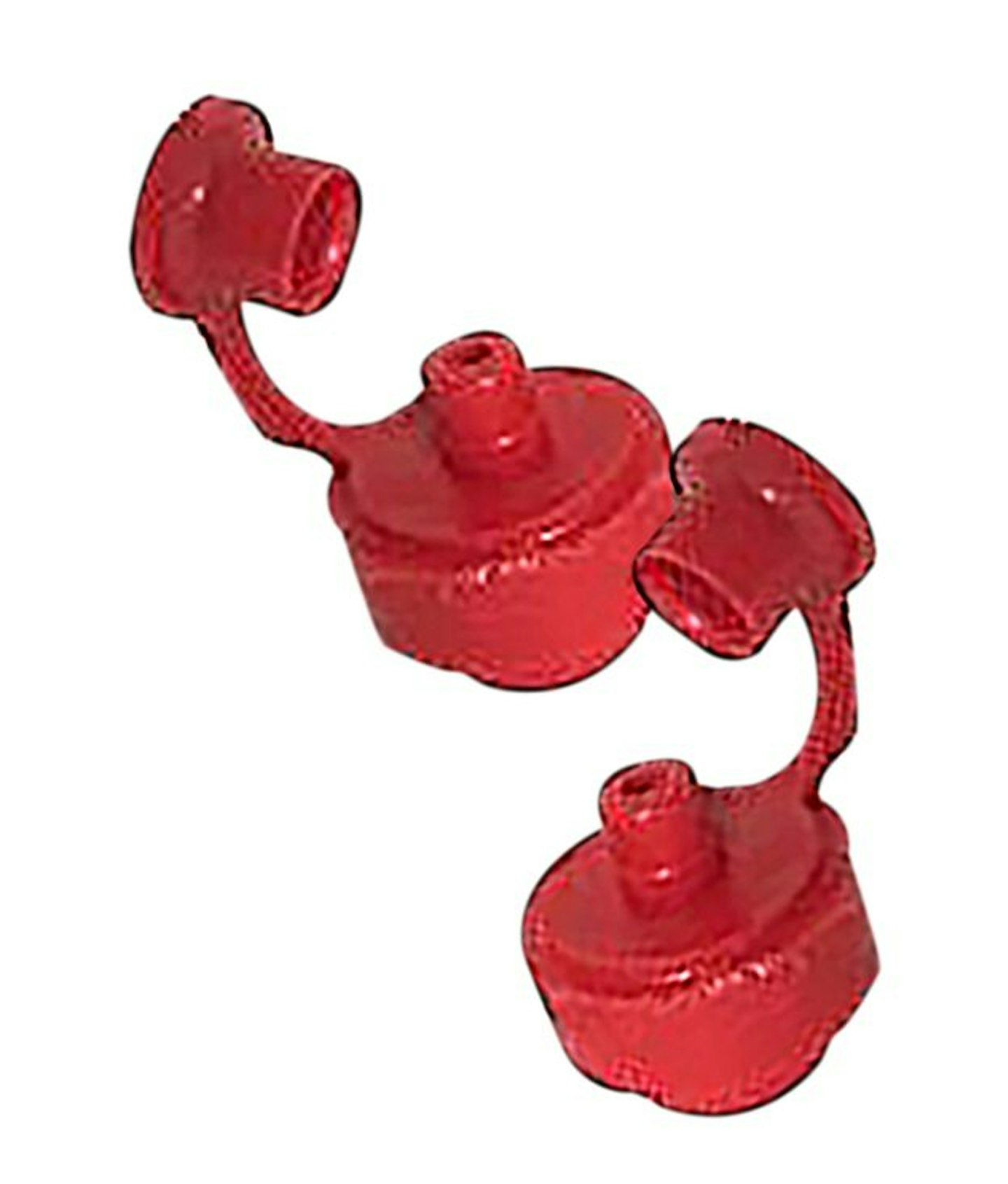
The changing face of fisheries
Perhaps the biggest change in UK angling habits has been the switch from natural venues and silverfish to commercials and carp.
Pioneers like Billy Makin changed the scene in the early 1990s by digging purpose-made, heavily stocked lakes. Traditionalists still moan to this day, but such lakes introduced a consistency and ease of access unheard of for previous generations.
Wasp grubs, parboiled spuds and other ancient baits
Long before boilies could be bought by the kilo, enterprising anglers used all sorts of specially procured baits. Parboiled potatoes were the cult offering for early carpers. For the chub fisher, however, one bait alone was spoken of in hallowed terms – the wasp grub! All the textbooks mentioned them, as if it was a cinch to go and cremate a horde of stinging insects before taking away their young!
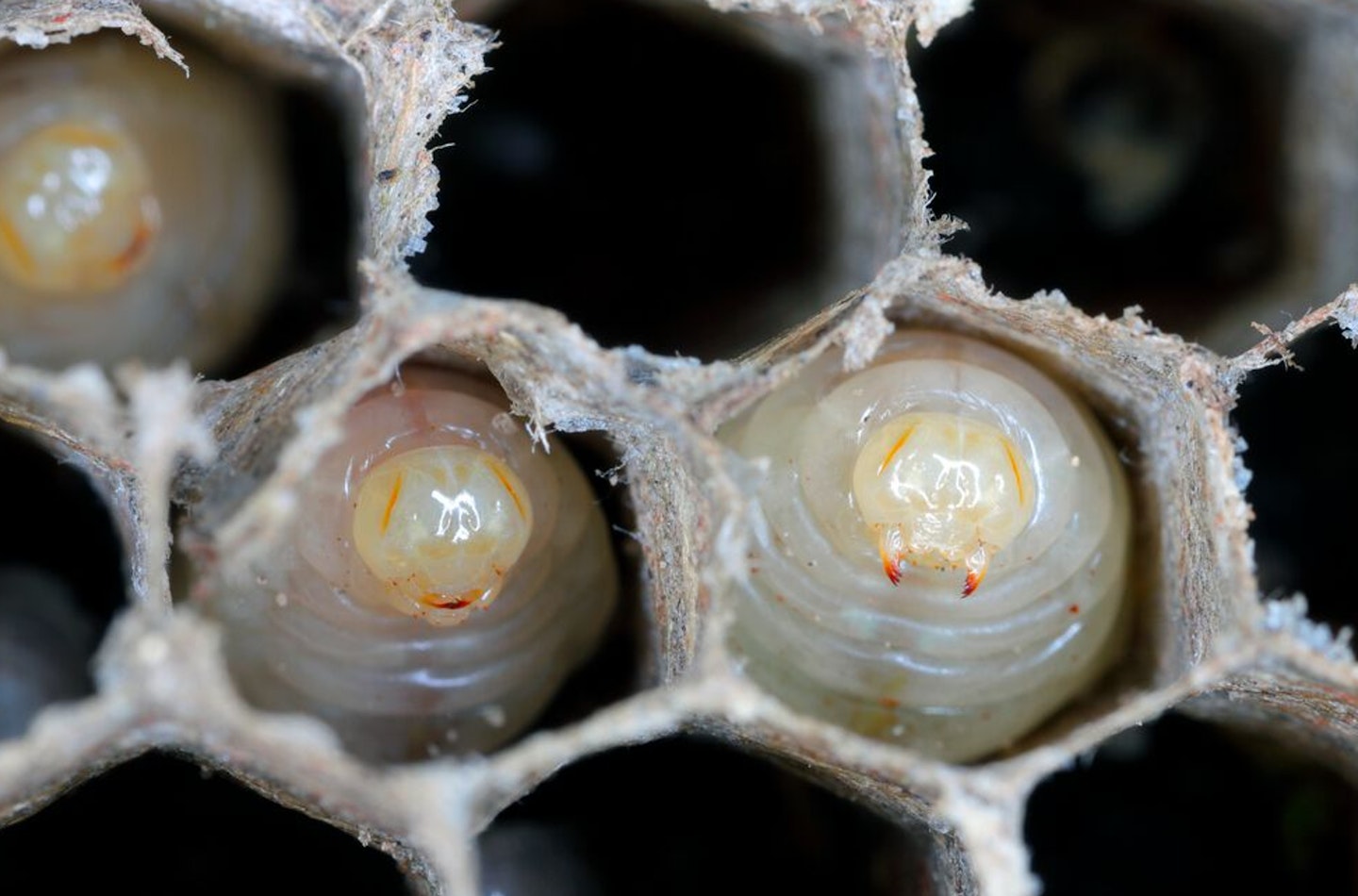
Seatboxes, tubs and beer towels
Far from today’s space age fishing boxes, Sixties anglers made do with wicker baskets, before hulking lumps of plastic became the thing in the 1980s. A really serious angler would get an Octoplus leg system, carefully drilled and screwed into place.
Having everything in one place, along with chronic backache due not having a trolley, was clearly obligatory. Before Drennan and Efgeeco tackle containers, every angler’s box would have ice cream tubs or baccie tins to hold line, shot and smaller bits. A bait towel was also a must, not from Matrix or Preston, but nicked from the local pub.

Poles apart
Thirteen metres of feather-light carbon might be the norm now, but back in the 1980s and 1990s, extra-long poles that didn’t weigh as much as a bus were elite weapons. Zim was the top brand as internal elastics emerged. Puller kits wouldn’t arrive for another two decades, so bonus fish required truckers’ wrists and seven pole sections still in play.
